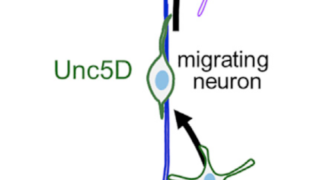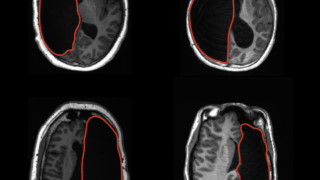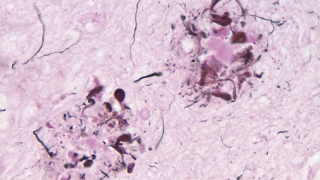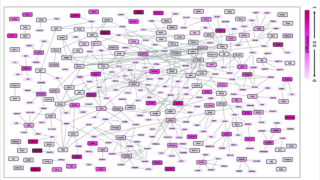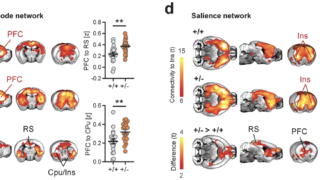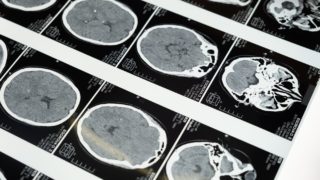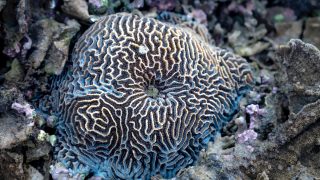
A single gene might be responsible for the bigger brain of modern humans
We, humans, have evolved pretty big brains compared to other mammals, and even compared to our primate cousins. Recent research seems to have found the reason for the higher number of neurons in our brains (about 86 billion). It appears that a single gene is responsible for our bigger brain. The Neanderthals are an extinct […]

